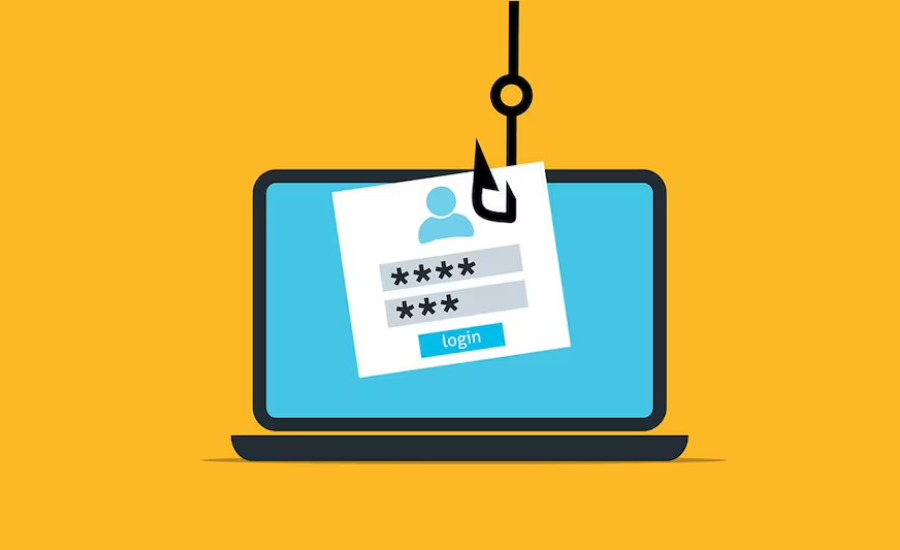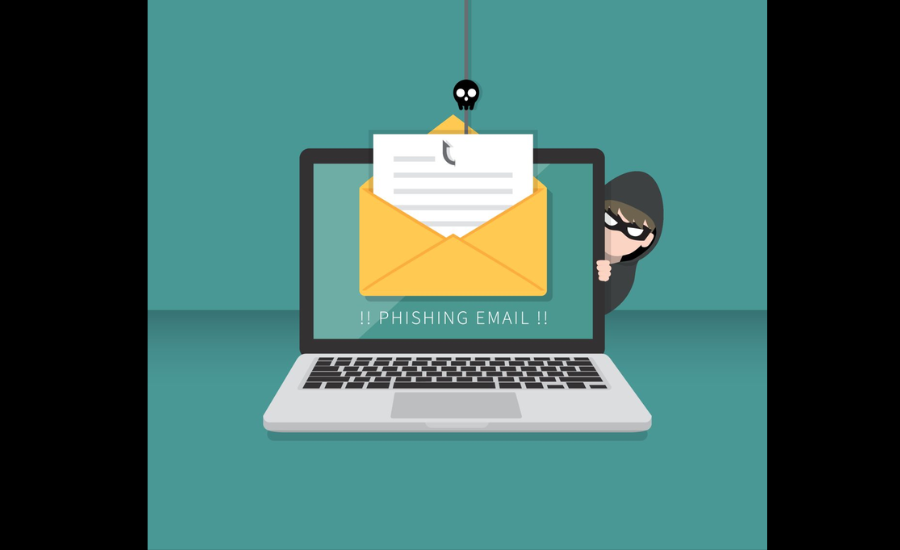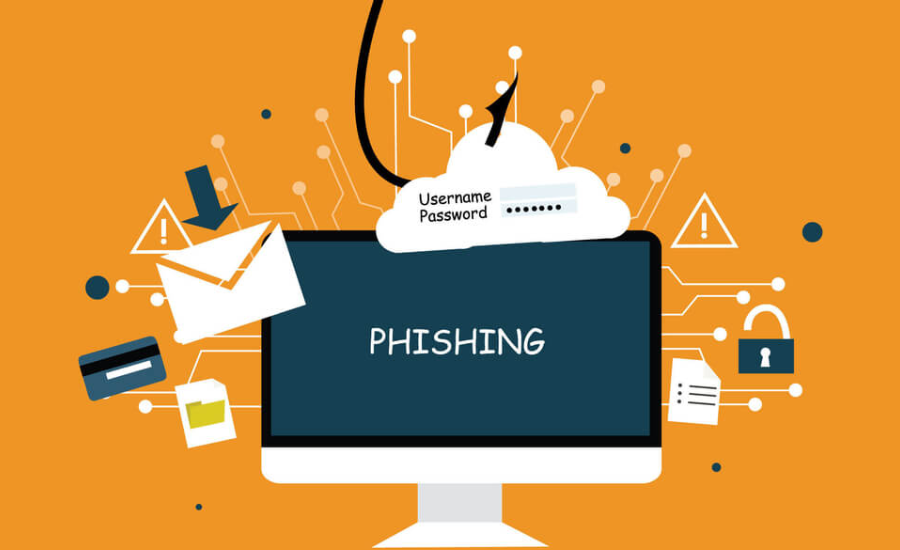Phongsavanh Group Phishing Scam: Preventing Financial Loss
Phongsavanh Group phishing scam have become an increasingly common threat, with cybercriminals using various tactics to deceive individuals and steal sensitive information. One particularly notable case is the Phongsavanh Group phishing scam, where scammers impersonated the legitimate Phongsavanh Group to trick people into disclosing personal and financial details.
By mimicking official communication through emails, websites, and phone calls, scammers created a convincing illusion of trustworthiness. Victims were led to believe they were interacting with a legitimate company, making it easier for scammers to obtain valuable information like login credentials and bank details.
To protect yourself from similar schemes, it’s essential to stay vigilant. Always verify sources before sharing personal information, and use strong passwords combined with multi-factor authentication to secure your accounts. Educating yourself about common phishing tactics and recognizing red flags can go a long way in preventing you from falling victim to these increasingly sophisticated scams.
What is Phishing and How It Works
Phishing is a type of cybercrime where criminals manipulate individuals into disclosing confidential information like usernames, passwords, credit card details, or bank account numbers. Typically, scammers impersonate well-known organizations or trusted individuals to gain the target’s confidence and trick them into providing sensitive data.
These deceptive attacks can take various forms, such as emails, social media messages, phone calls, or text messages. Often, the messages contain urgent or threatening language to pressure the victim into taking immediate action, such as clicking on a link or providing personal information. If successful, phishing attacks can lead to identity theft, financial loss, and even the compromise of entire systems, making it a serious threat to both individuals and businesses alike.
To avoid falling victim to phishing scams, it’s important to stay alert, recognize red flags, and adopt strong security practices such as verifying sources before responding to any suspicious communications.
Phongsavanh Group Phishing Scam: A Closer Look

The Phongsavanh Group phishing scam involves cybercriminals impersonating the well-established Phongsavanh Group, a reputable name in the financial industry. Scammers send out emails or messages that appear to come directly from the company, tricking recipients into clicking on fraudulent links or disclosing sensitive personal information.
In these deceptive schemes, victims are often prompted to verify their personal details or log into a website that closely resembles the official Phongsavanh Group portal. Once the victim enters their login credentials, the scammer gains access to their account, potentially stealing funds or committing various types of financial fraud. These attacks can have serious consequences, making it vital for individuals to remain vigilant and ensure they are engaging with legitimate sources before sharing any personal information.
Spotting Phishing Scams: Key Red Flags
Phishing scams are becoming increasingly sophisticated, making it more challenging to distinguish between genuine communications and fraudulent ones. However, there are several telltale signs that can help you identify a phishing attempt.
One of the first things to check is the sender’s email address. Scammers often use email addresses that closely resemble legitimate ones, with slight variations or misspellings. For example, instead of an official address like a scammer might use something like.
Another common indicator is the use of generic greetings. While reputable companies usually address you by name, phishing emails often start with vague terms like “Dear Customer” or “Dear User.” This lack of personalization is a red flag.
Phishing messages also tend to include urgent or threatening language to create a sense of panic. Phrases like “Immediate action required” or “Your account will be suspended unless you act now” are designed to pressure recipients into making hasty decisions.
Finally, be cautious of suspicious links or attachments. If you receive an unsolicited email with links or files to download, avoid clicking on them. Hover over any links to verify that the URL matches the official website of the company in question. Scammers often disguise malicious websites with links that look similar to legitimate URLs but lead to fraudulent sites.
Being aware of these signs can significantly reduce your risk of falling victim to phishing scams.
Phongsavanh Group Phishing Scam: Real-Life Impact

Numerous victims of the Phongsavanh Group phishing scam have reported significant financial losses after unknowingly revealing their banking details to cybercriminals. In one particularly striking case, an individual received an email that appeared to be from the Phongsavanh Group, claiming there had been suspicious activity detected on their account. The message urged the recipient to click on a link to verify their identity.
Believing the email to be legitimate, the victim followed the link, which led to a fraudulent website designed to closely resemble the real Phongsavanh Group portal. After entering their personal and banking information, the victim’s account was quickly emptied, with funds transferred to an overseas account within hours. This incident highlights the dangers of phishing attacks and the critical need to remain cautious when responding to unsolicited communications.
How to Protect Yourself from Phishing Attacks
Preventing phishing attacks requires a proactive approach and attention to detail. By following some key security practices, you can significantly reduce the risk of falling victim to these schemes.
Start by using strong, unique passwords for each of your online accounts. Refrain from reusing passwords across multiple sites, and consider using a password manager to securely store and manage your credentials. This helps to ensure that even if one account is compromised, your other accounts remain protected.
Another essential step is enabling two-factor authentication (2FA) whenever possible. This additional layer of security requires you to verify your identity through a secondary method, such as a code sent to your mobile device, making it much harder for attackers to gain unauthorized access.
Always verify the authenticity of any communication you receive, especially if it appears to be from a trusted company like Phongsavanh Group. If you receive an unexpected email or message, don’t click on any links. Instead, contact the company directly through their official website or customer service to confirm the message’s legitimacy.
Finally, keeping your software and devices up to date is crucial in maintaining your security. Regular updates often include vital security patches that can protect against the latest threats, including phishing attacks. By following these best practices, you can better safeguard yourself against online fraud.
The Emotional and Financial Toll of Phishing Scams
Phishing scams can have severe consequences for victims, both financially and emotionally. The financial impact can range from minor losses to significant amounts, depending on the scale of the scam.
For many victims, the immediate consequence is financial loss, often in the form of stolen funds from bank accounts or credit cards. Resolving these issues can be a lengthy and stressful process, as victims must work with financial institutions to investigate the fraud and recover any lost money. In some cases, this can take weeks or even months.
In addition to the financial strain, victims often experience emotional distress. Feelings of embarrassment, frustration, and violation are common, as the act of being deceived can shake one’s trust in online systems. This loss of confidence may make individuals more hesitant to engage in future digital transactions, further exacerbating the emotional toll of the scam. Phishing not only affects a person’s finances but also their peace of mind, making it a deeply unsettling experience.
Reporting Phishing Scams: What You Need to Do

If you believe you have encountered a phishing scam, it is important to take immediate action by reporting it to the relevant authorities. Prompt reporting helps prevent further damage and assists in the fight against cybercrime.
You can report phishing attempts directly to the company being impersonated. Many companies, including Phongsavanh Group, have dedicated channels—such as email addresses or online forms—where individuals can submit phishing reports. This helps the organization take swift action to warn others and secure their systems.
In addition to notifying the company, consider reporting the phishing incident to organizations like the Federal Trade Commission (FTC) or the Anti-Phishing Working Group (APWG). These organizations work to combat cybercrime and provide resources for individuals affected by phishing scams. By reporting phishing attempts, you contribute to efforts to track and prevent these fraudulent activities.
Legal Consequences of Phishing Scams
Phishing scams are illegal activities that can have serious legal repercussions for those responsible. In many regions, phishing is classified as a form of fraud, and individuals caught engaging in these deceptive practices can face significant penalties.
Depending on the jurisdiction, convicted scammers may face both fines and imprisonment. The severity of the consequences typically depends on the scale of the scam, the amount of money stolen, and whether the criminals are repeat offenders. Law enforcement agencies around the world are increasingly focused on cracking down on phishing schemes to protect consumers and maintain trust in online systems.
Final Words
The Phongsavanh Group phishing scam is a deceptive scheme where cybercriminals impersonate the well-known financial institution to steal sensitive personal information. Victims are often tricked through emails or messages that appear to be from Phongsavanh Group, urging them to click on fraudulent links or provide private details. These fake communications may appear convincing, leading individuals to enter their login credentials on a fraudulent website that closely resembles the real Phongsavanh Group portal. Once the scammers obtain access to the victim’s account, they can steal funds or engage in further fraudulent activities. The Phongsavanh Group phishing scam serves as a reminder of the importance of verifying any unsolicited communication, especially when it involves personal or financial information. To protect against such attacks, it’s crucial to use strong passwords, enable two-factor authentication, and always check the legitimacy of emails or websites before sharing sensitive data. Awareness and caution are key to preventing falling victim to these types of online scams.
FAQs
1. What is the Phongsavanh Group phishing scam?
The Phongsavanh Group phishing scam involves cybercriminals impersonating the legitimate financial institution to trick individuals into revealing sensitive personal information, such as banking details or login credentials, through fraudulent emails, messages, or websites.
2. How does the Phongsavanh Group phishing scam work?
Scammers send deceptive messages that appear to be from Phongsavanh Group, often claiming to be urgent notifications about suspicious activity. Victims are prompted to click on fake links or provide personal details on a counterfeit website that resembles the official Phongsavanh Group portal.
3. How can I recognize a Phongsavanh Group phishing email?
Phishing emails often have red flags such as generic greetings, suspicious email addresses, urgent or threatening language, and misleading links. Always verify the sender’s details and look for signs of inconsistency or unfamiliarity before taking action.
4. What should I do if I fall for the Phongsavanh Group phishing scam?
If you’ve fallen for the scam, immediately contact your bank or Phongsavanh Group to report the issue. Change your passwords, monitor your accounts for unauthorized transactions, and notify relevant authorities to prevent further damage.
5. Can the Phongsavanh Group phishing scam steal my money?
Yes, if you provide your banking details or login information to scammers, they can access your accounts, withdraw funds, or make fraudulent transactions, leading to financial loss.
6. How can I protect myself from the Phongsavanh Group phishing scam?
To protect yourself, be cautious when receiving unsolicited messages. Always verify the sender, use strong passwords, enable two-factor authentication, and avoid clicking on links or downloading attachments from suspicious emails.
7. Are phishing scams like the Phongsavanh Group scam common?
Phishing scams are increasingly common, with cybercriminals regularly targeting individuals through email, text messages, and social media. Scammers often use familiar company names, such as Phongsavanh Group, to make their attacks more convincing.
8. Can the Phongsavanh Group phishing scam affect businesses?
Yes, businesses are also at risk of phishing attacks. If employees fall victim to a phishing scam, it can result in data breaches, financial loss, and damage to the company’s reputation. Organizations must educate their teams about these threats.
9. How do scammers impersonate Phongsavanh Group in phishing attempts?
Scammers often create fake websites or emails that closely resemble Phongsavanh Group’s official communications. They may use similar logos, branding, and website layouts to deceive victims into thinking they are engaging with the legitimate company.
10. What actions can I take if I receive a suspicious message claiming to be from Phongsavanh Group?
If you receive a suspicious message, do not click on any links or provide personal information. Instead, contact Phongsavanh Group directly through their official website or customer service number to verify the legitimacy of the message.
Stay safe from the “Phongsavanh Group phishing scam” with Lepbound security tips.





